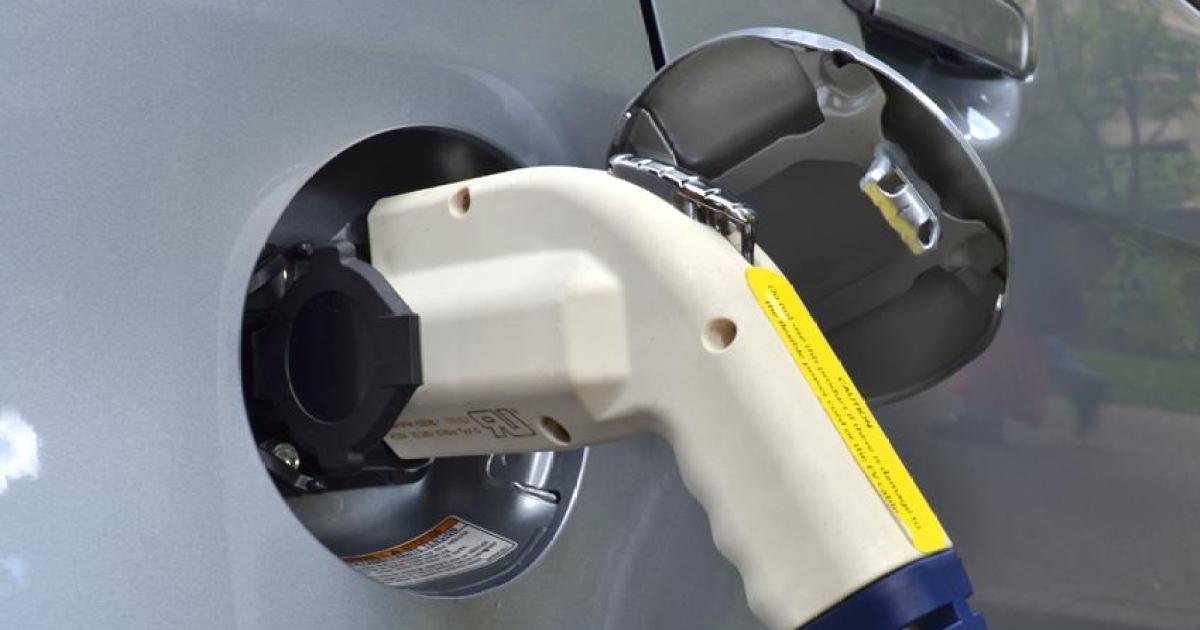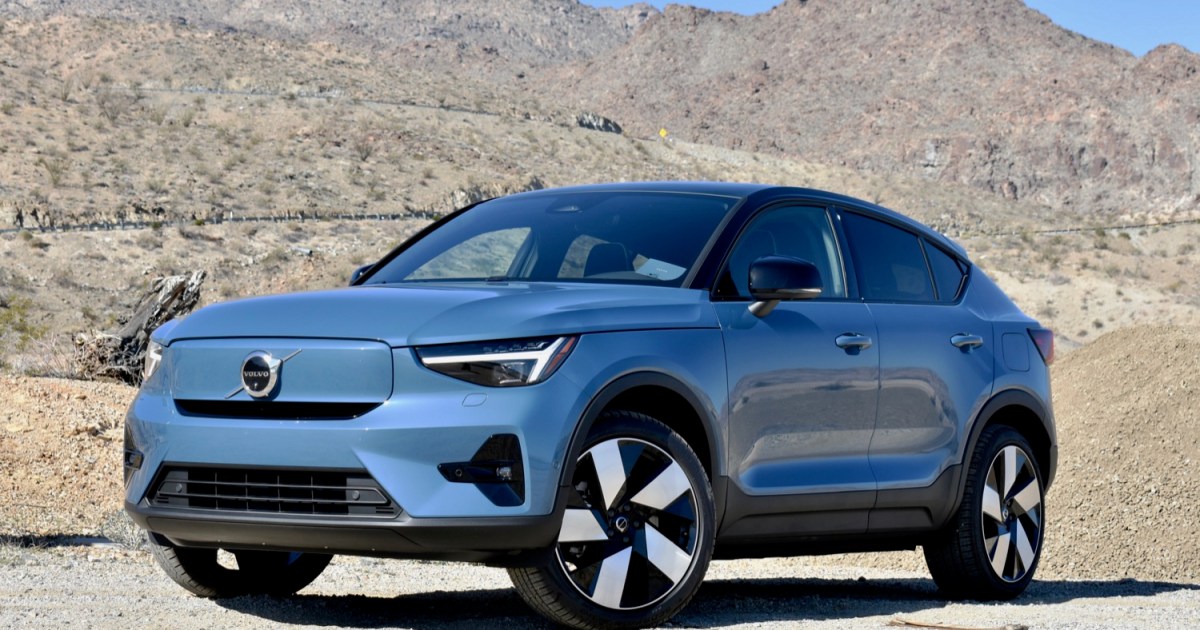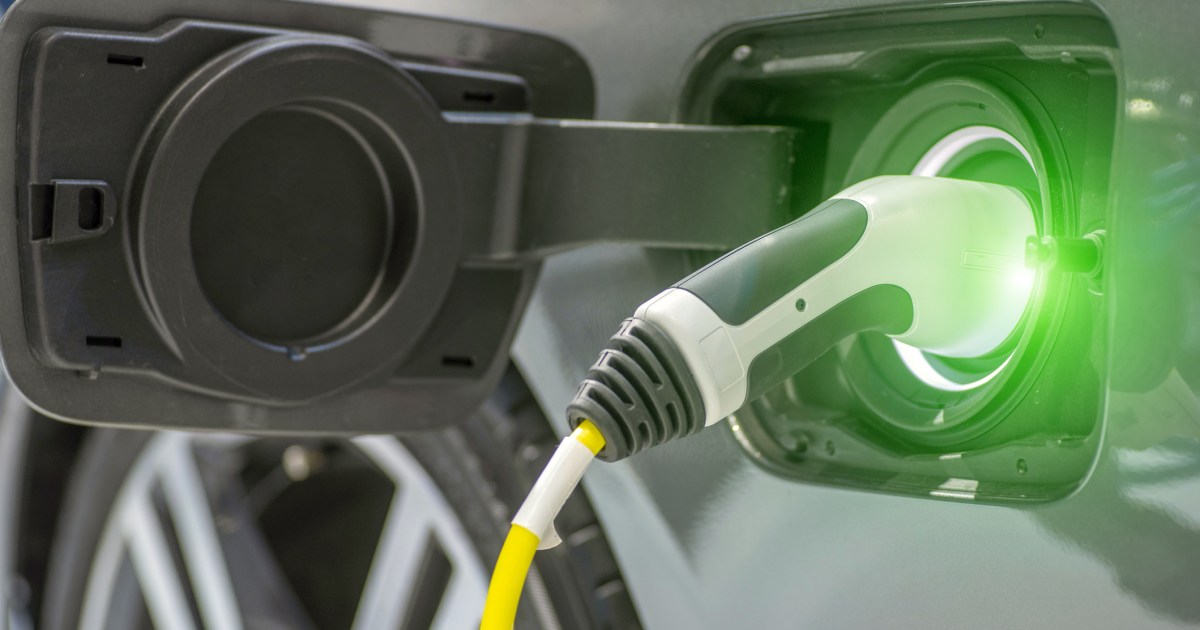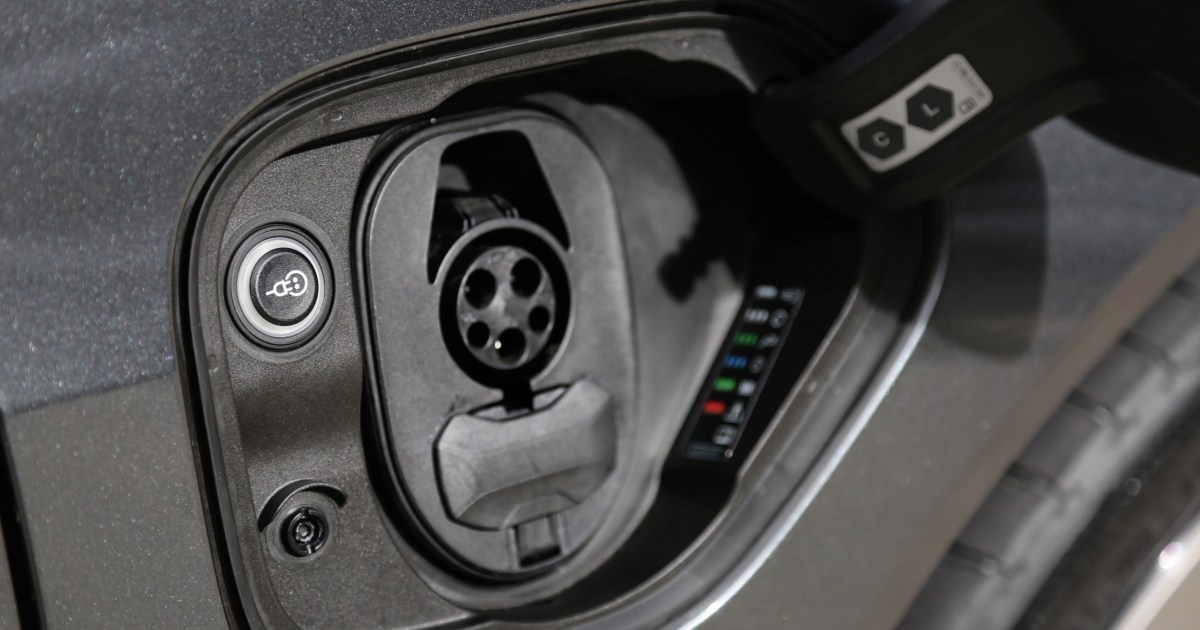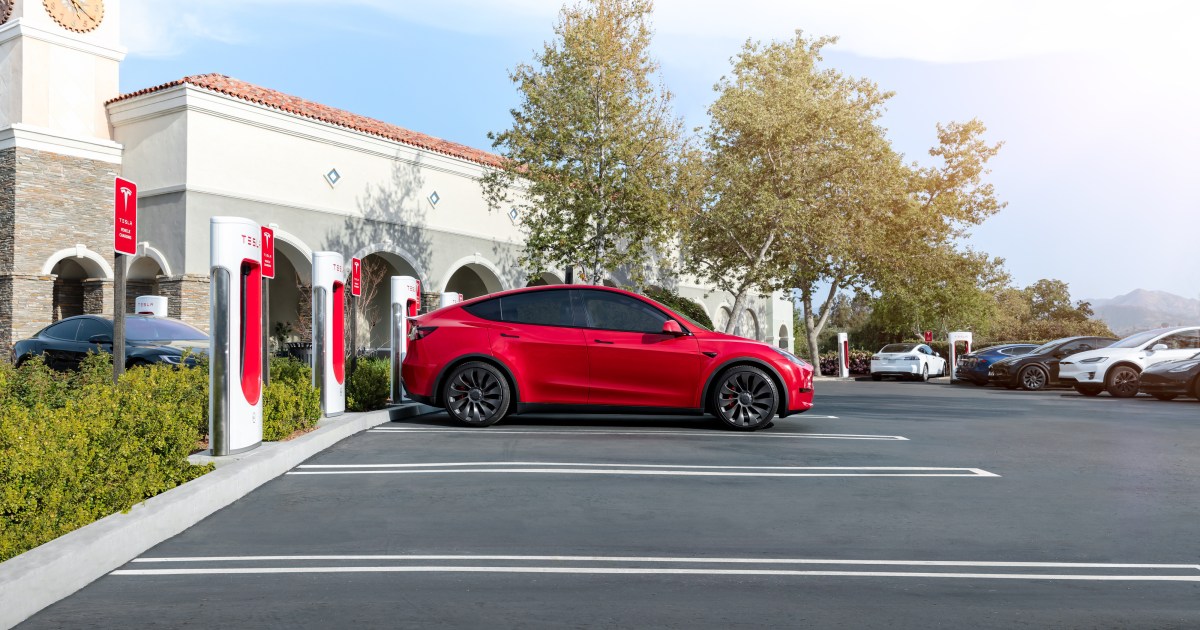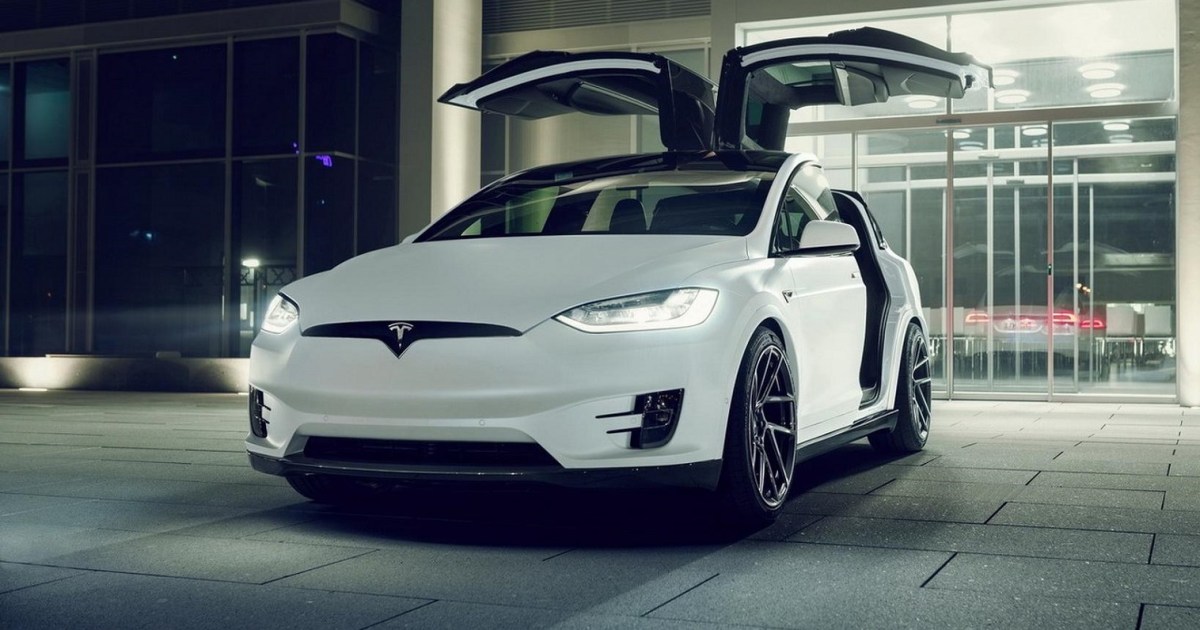Electric vehicles (EVs) offer a promising future, but charging speed remains a significant hurdle for many potential buyers. Nobody wants to spend excessive time tethered to a charging station. This article delves into the reasons behind current EV charging times and explores the exciting technologies poised to revolutionize this aspect of EV ownership.
How Long Does it Take to Charge an EV?
Charging time varies depending on several factors: the charging station’s power output, the EV’s battery capacity, the remaining charge level, and even environmental conditions. For instance, a fully depleted Tesla Model 3 with the largest battery pack might require eight to twelve hours using a high-powered home charger. Conversely, a Tesla Supercharger can replenish the same battery in a mere 25 to 30 minutes.
The Myth of 100% Charge
Unlike gasoline cars, topping off an EV battery to 100% isn’t always ideal. Continuously charging to full capacity can degrade the battery over time. Similar to battery health features on laptops that limit charging to 80%, many phones now utilize scheduled charging to reach 100% just before you wake up, minimizing the time the battery spends at maximum charge.
This practice stems from the intricacies of battery chemistry. Batteries operate by shuttling lithium ions between two electrodes. Electrons, unable to traverse the barrier between these electrodes, take a detour through an electrical circuit, powering our devices. They eventually reunite with their corresponding lithium ions on the other side.
Each electrode has a medium that temporarily houses these lithium ions. These lithium atoms are crucial for the structural integrity of these mediums. Depleting or overfilling these mediums with lithium ions compromises their structure, hindering their ability to accommodate ions in the future, ultimately reducing battery capacity. Therefore, both deep discharges and overcharges negatively impact battery lifespan.
To mitigate this, EV battery management systems often underreport charge at the low end and overreport at the high end, creating a buffer that safeguards battery health. Even when your EV displays 100% charge, the battery likely retains some unused capacity to protect its longevity.
The Science Behind Slow Charging
Charging a nearly depleted battery typically follows an 80/20 rule: the first 80% charges relatively quickly (around 30 minutes), while the remaining 20% takes about the same amount of time. This slowdown is intentional, preserving battery life and enhancing safety. Overcharging generates heat, and while battery packs incorporate cooling mechanisms, excessive heat can pose a safety risk.
Accelerating EV Charging: The Future is Fast
Currently, Level 3 direct current (DC) fast charging stations, such as Tesla Superchargers and other emerging high-speed alternatives, offer the quickest charging speeds. However, advancements in battery technology promise even faster charging in the future.
Supercapacitors, capable of rapid charging, are a promising development. While they possess lower energy density than batteries, hybrid systems incorporating both technologies could offer a compelling solution. This, however, depends on widespread deployment of dedicated charging infrastructure.
Graphene, a material known for its fast-charging capabilities, is also gaining traction in consumer electronics. Integrating graphene into EV batteries could significantly reduce charging times without requiring infrastructure upgrades.
Solid-state batteries represent a more fundamental shift in battery technology. These batteries, lighter and more stable than current lithium-ion batteries, offer the potential for faster charging without the overheating risks associated with liquid electrolytes. While still under development, their potential impact on EV charging is significant.
While current EV charging times can be inconvenient, these limitations are primarily due to safety considerations and battery longevity. The ongoing evolution of battery technology holds immense promise for dramatically reducing charging times in the near future, making EVs an even more appealing transportation option.



